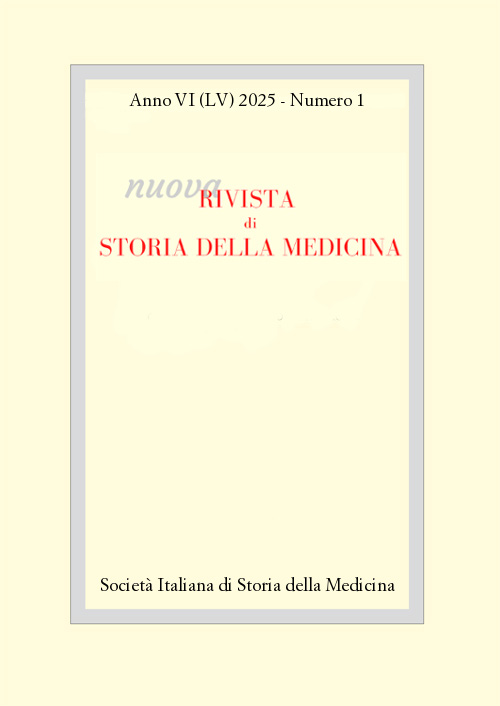Le malattie delle filatrici della seta nelle opere di autori italiani del Settecento
DOI:
https://doi.org/10.13135/2724-4954/11727Abstract
The limited interest shown to date in occupational diseases, which afflicted silk spinners in the 18th century, has led us to investigate who addressed this issue, starting with the father of occupational medicine, Bernardino Ramazzini, referenced by subsequent authors. In his work De morbis artificum diatriba, however, he did not refer to silk spinners but rather to tanners, prompting us to clarify the distinction and explain the work of silk spinners. We then analyzed works by other authors – not only medical professionals – who described some of their pathologies. We must wait until 1776 to find a physician addressing their conditions. This was the noble Padovan Antonio Pimbiolo, a professor of theoretical medicine at the University of Padua, who even contradicted Ramazzini’s views on the harmfulness of silk moth effluents and was the first to observe their “hysterical passions”, providing advice on medications and workplace hygiene.
The following year, Carlo Bettoni, founder of the Agrarian Academy of Brescia, not only focused on the diseases of silk spinners but also invented a silk boiler to prevent them from burning their hands and suffering from skin conditions. The first to recognize their diseases as occupational was the Piedmontese surgeon Vincenzo Malacarne, who proposed combating them with herbal decoctions. Lastly, at the end of the century, the provost Carlo Castelli, a professor of physics in Milan, aimed to protect the hands of silk spinners by suggesting cold spinning methods.




